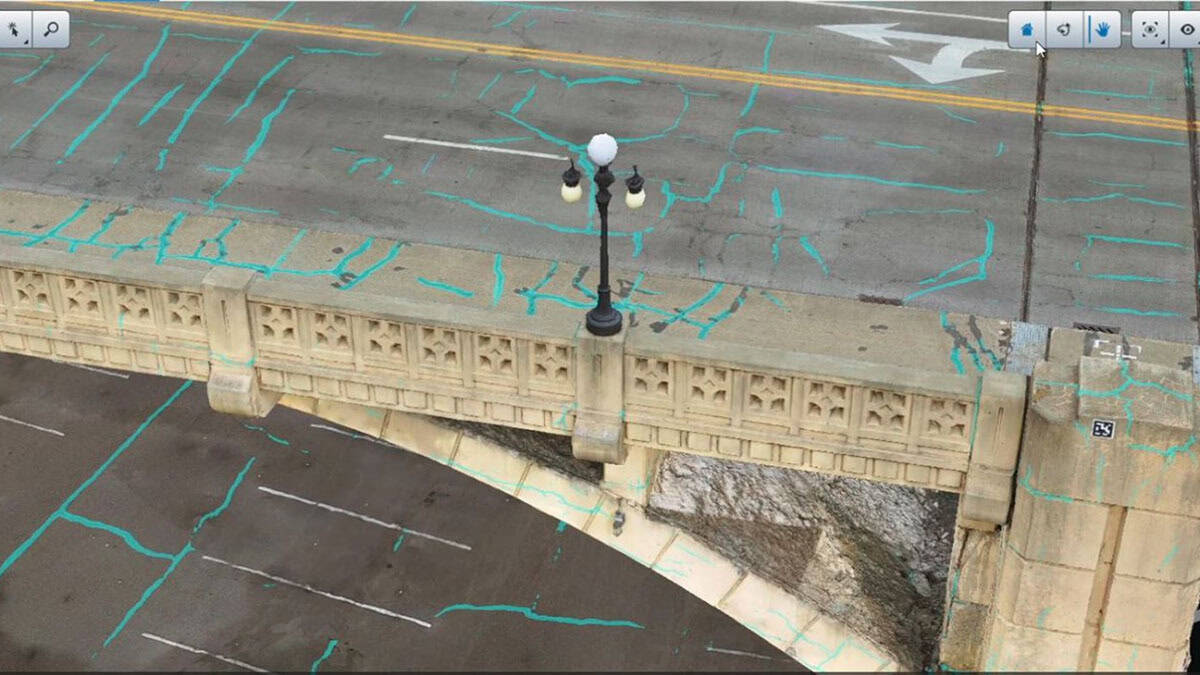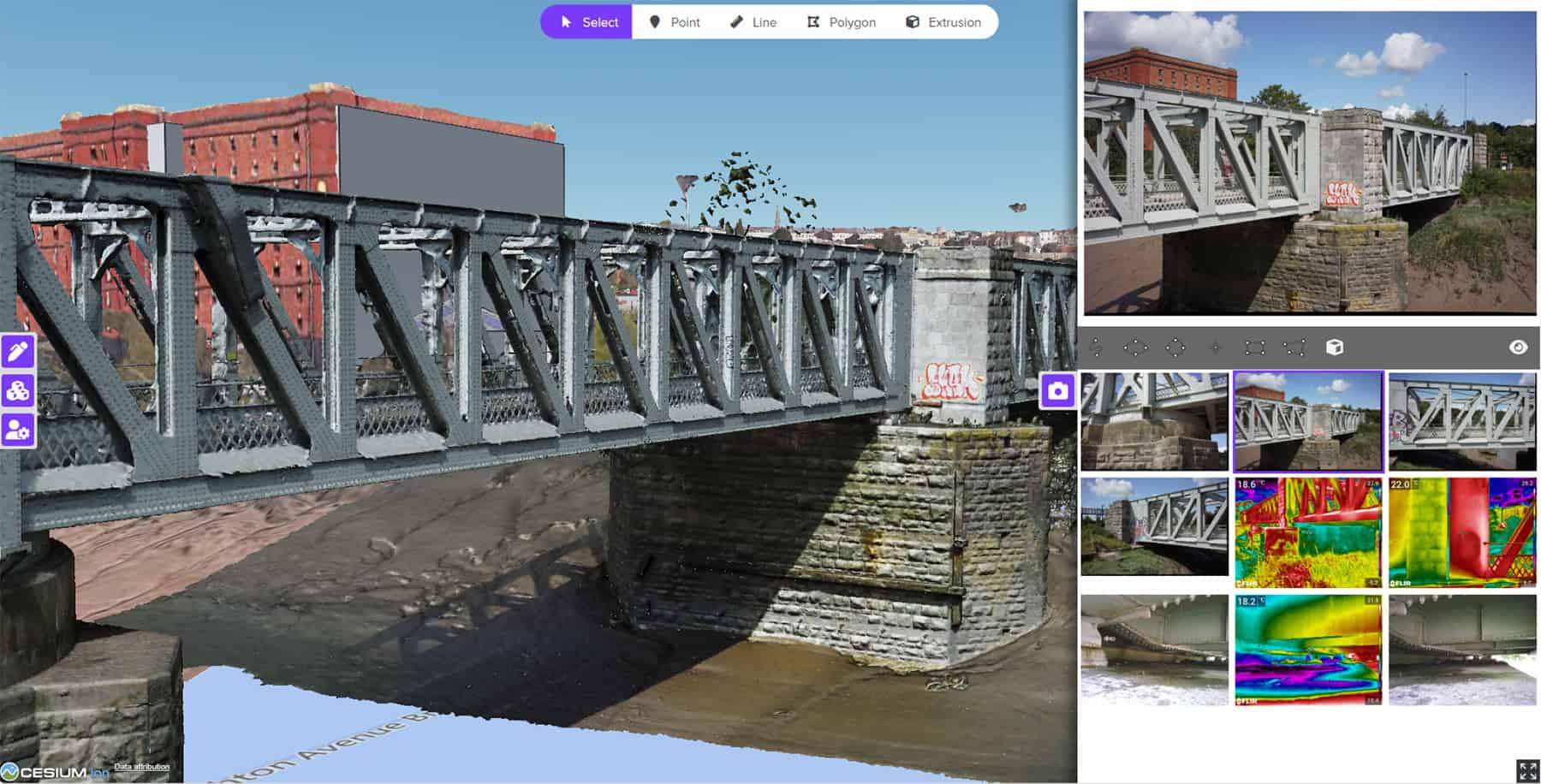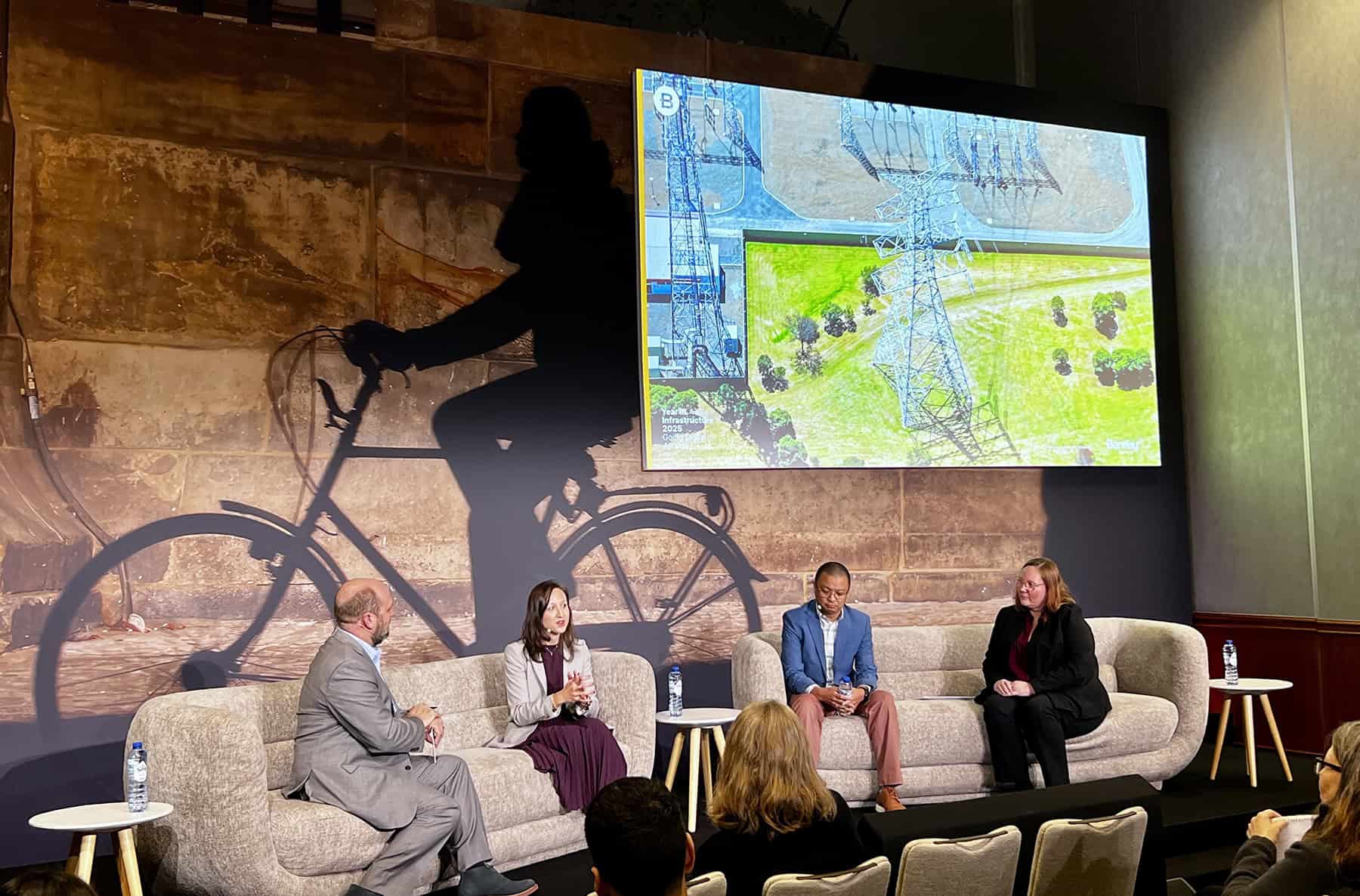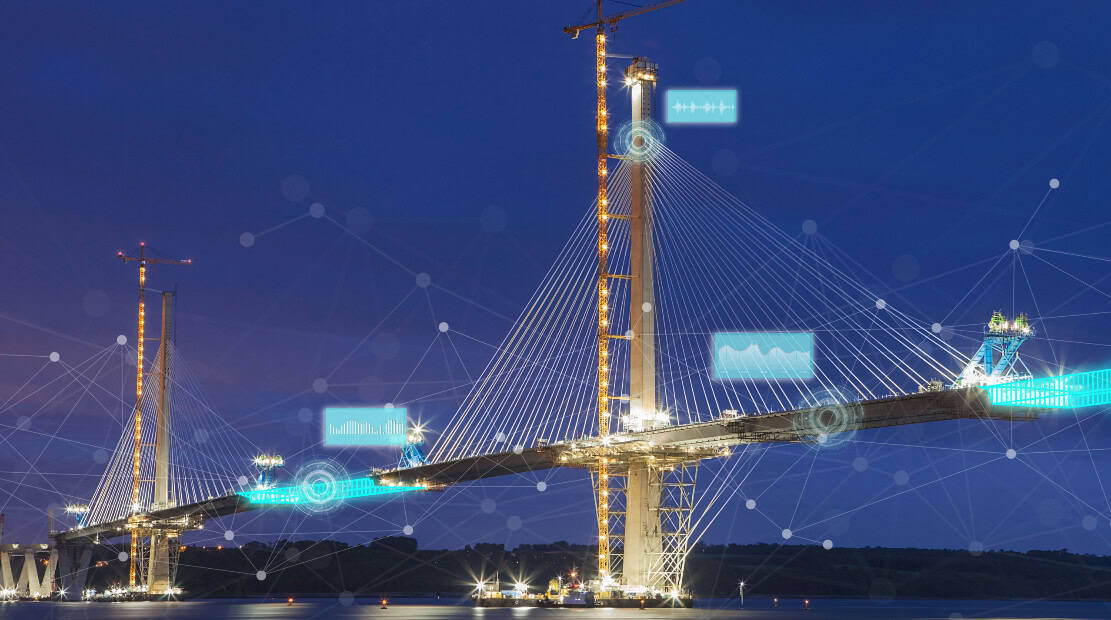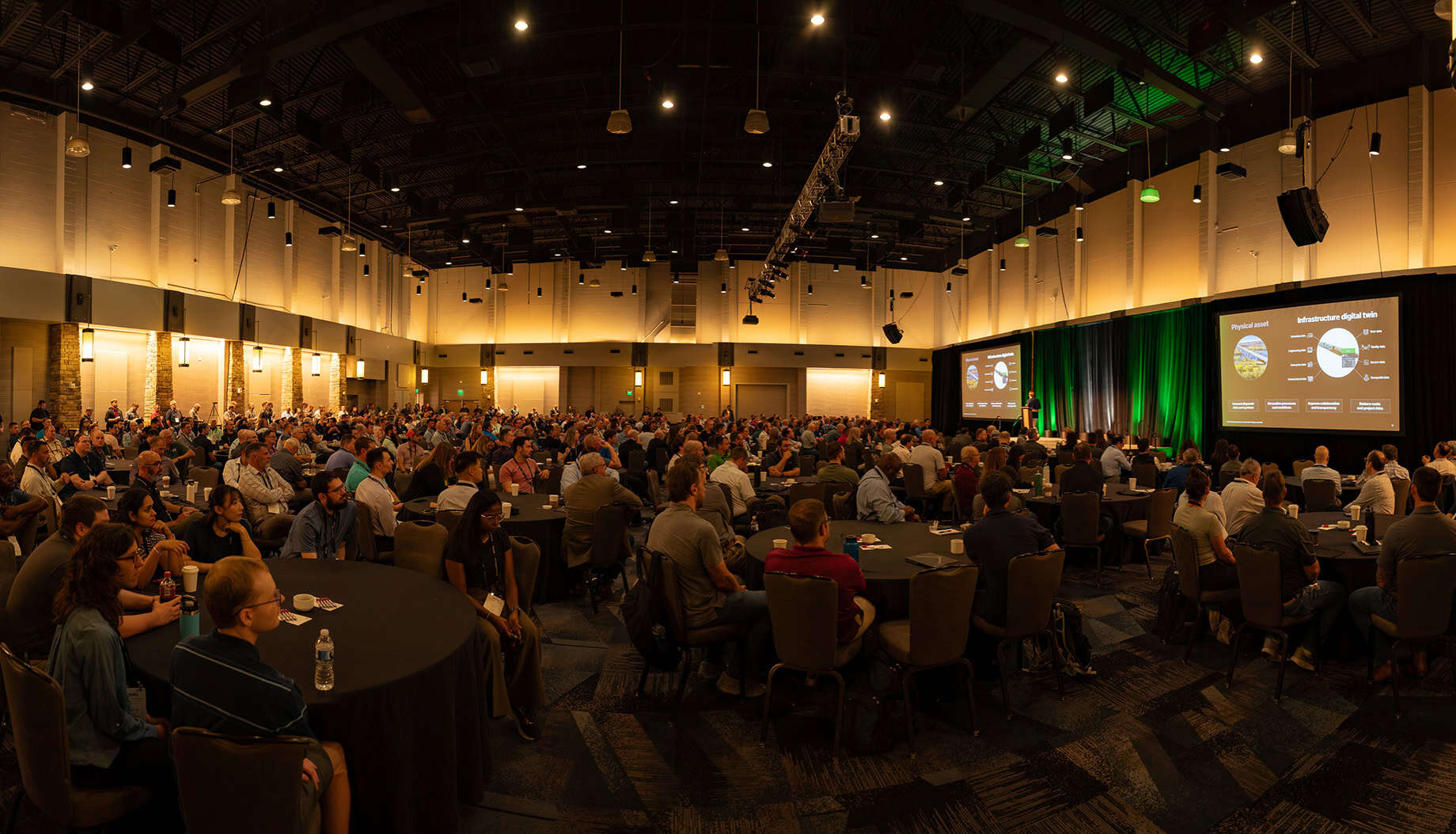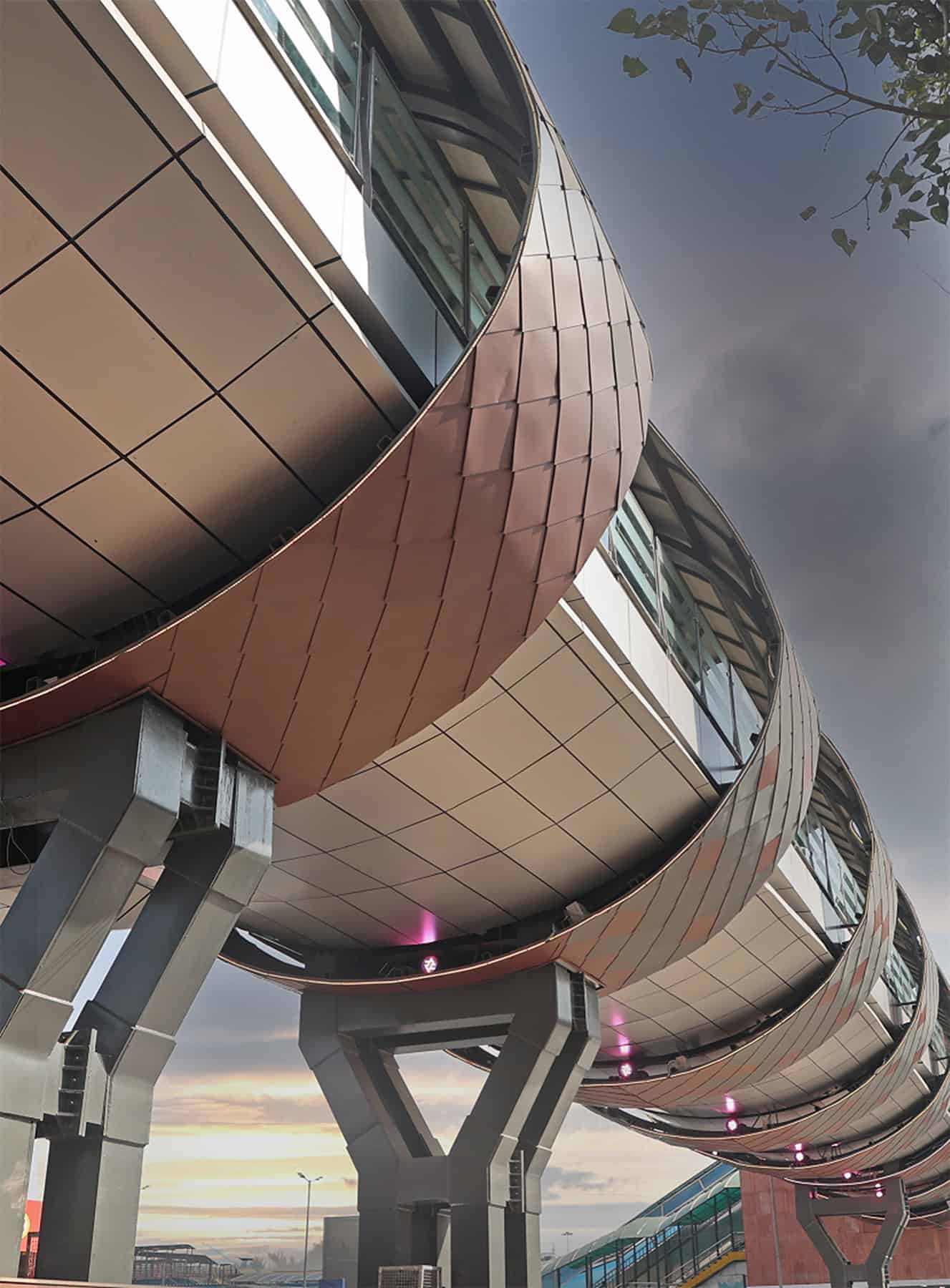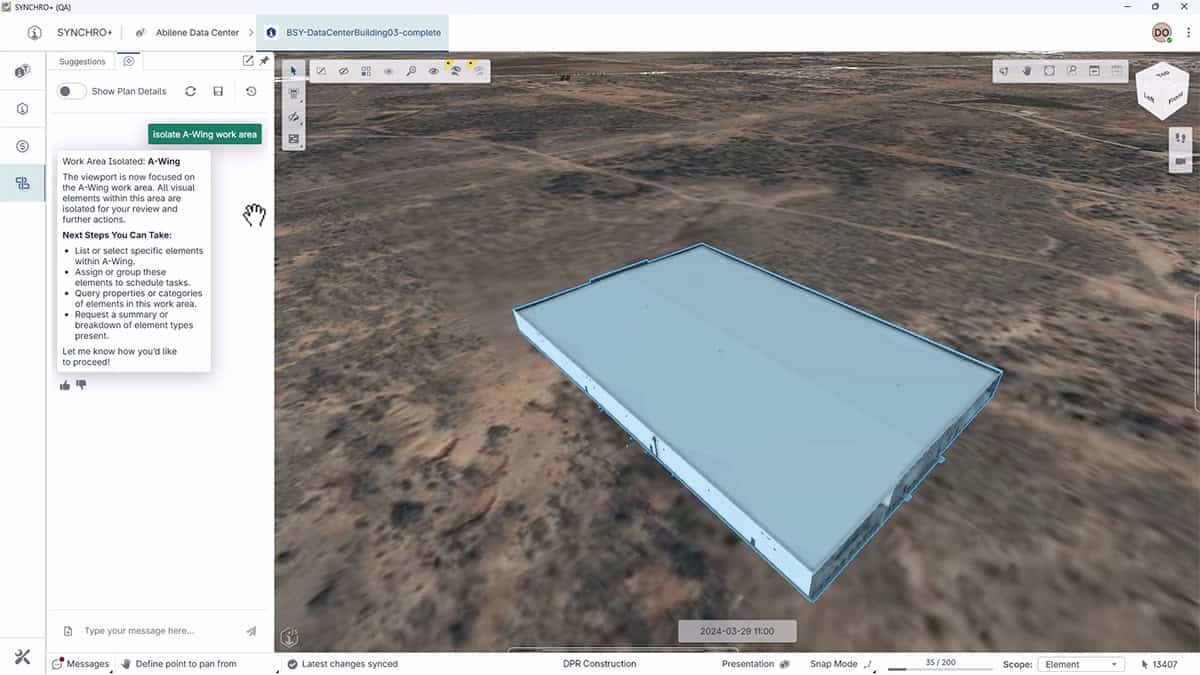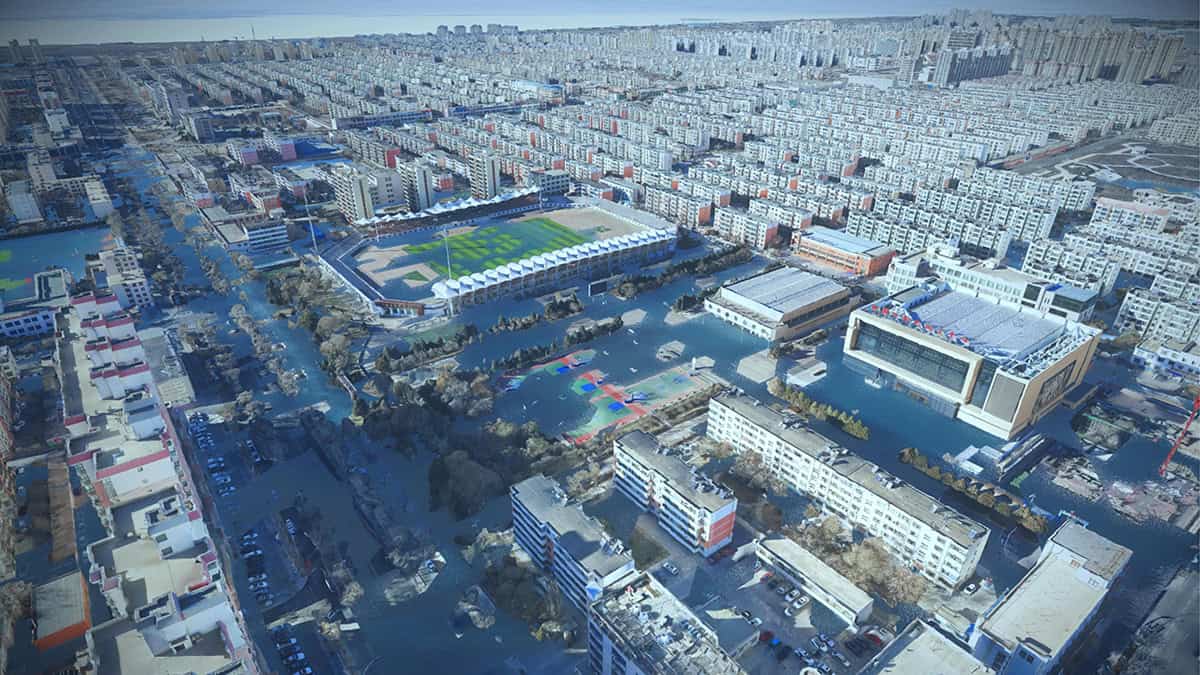Choose Area of Interest
SEARCH SOFTWARE
The latest U.S. Census Value of Construction Put in Place Survey reveals new insights into the powerful trend of where infrastructure investment is surging, including design and construction. As of July 2025 alone, the top three project classification types include:...
by Maria Lamas-Gomez
Reprinted from the original that was published by ASCE. Growing up in Pittsburgh, “The City of Bridges,” Fern Hollow was one of many bridges my family and I crossed on buses and on foot to get from one neighborhood to...
by Bibhuti Aryal
Bristol Harbour Asset Condition Survey with 3D Geospatial Platform Project Organization: Mott MacDonald Project Name: Bristol Harbour Asset Condition Survey with 3D Geospatial Platform Location: Bristol, United Kingdom Project Phase: Completed and Operational Estimated Project Cost: N/A Bentley Software: CesiumJS...

by Aude Camus
The challenges facing electric utilities The challenges facing the electric utility sector are well known: rising demand, aging assets, and workforce shortages. If electric utility companies and engineering firms don’t fix these issues, it will negatively impact businesses, families, and...
by Martha Murillo
by Jenna Carpentier
by Maria Lamas-Gomez
Delhi Metro Rail Corporation’s Digital Design of the New Delhi Railway Station Skywalk Organization: Delhi Metro Rail Corporation Ltd. (DMRC) Project Name: New Delhi Railway Station Skywalk Digital Design and Optimization Location: New Delhi, India Project Phase: Completed Estimated Project...
by Ashley Fee
Bentley Systems Year in Infrastructure 2025 At Year in Infrastructure (YII) 2025—Bentley’s annual flagship event that brings together infrastructure professionals, engineers, and digital twin experts from around the world—Bentley unveiled its latest technological advancements focused on reshaping how we design,...
by Marion Bouillin
CSCEC and AECOM Consultants Co., Ltd. Advance Smart Flood Control in Northwest China Through Digital Innovation Organization: CSCEC and AECOM Consultants Co., Ltd. Project Name: Numerical Simulation and Analysis of Urban Flood Control and Drainage Capacity in Northwest China Based...

by Neda Simeonova

